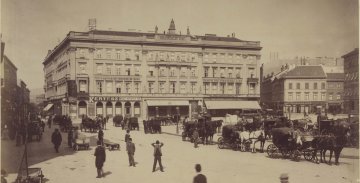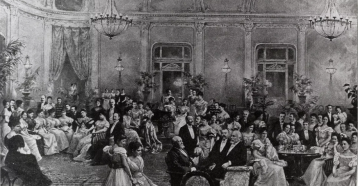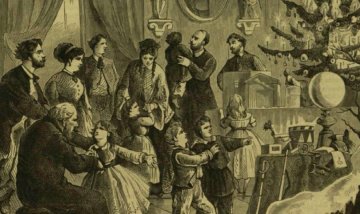
Simon Flóra
Cikkek
From Customs House to Gerbeaud Confectionery - 240-year history of a legendary plot
June 20, 2022 at 11:00 AM
Between today's Vörösmarty Square and József Nádor Square, on the site of the Gerbeaud confectionery and its surroundings, there was a very valuable plot. 240 years ago, the Thirtieth Office (Customs House) was built here, which was considered old-fashioned and demolished after 70 years. After that, several people wanted to use the area: Count István Széchenyi would have built the National Casino, the city of Pest would have built the new town hall on the site. The plot was finally divided into four parts in the 19th century. The houses built here still stand today, valuable pieces of the architectural heritage of the inner city.
Ágoston Pollack, born 215 years ago on this day, created in the shadow of his father
June 9, 2022 at 9:00 AM
Ágoston Pollack, the son of the outstanding classicist architect, Mihály Pollack, designed several public and private buildings in Pest and Buda. Most of it has been demolished and rebuilt, many of his plans have survived only in the form of documentation. Ágoston Pollack also collaborated with Miklós Ybl and his own father, for example on the expansion of Szent Rókus Hospital. Ágoston Pollack's activity and appreciation were relegated to the background in the shadow of his father's masterpieces, although at the sight of his plans we can say that he was one of the outstanding architects of his time.
Studio in the Inner City - The Strelisky photographer dynasty in Budapest
April 20, 2022 at 10:00 AM
Lipót Strelisky was one of the first to deal with daguerreotypes in Budapest in the 1840s. In his studio in Dorottya Street, he photographed the politicians, aristocrats and artists of the age. His son, Sándor Strelisky, who died a hundred years ago, was the first photographer in Hungary to take multi-character photographs with a special technique. Strelisky photos are invaluable today and help us learn about Budapest's past.
The first Christmas tree - The custom of decorating pine trees is almost two hundred years old in Budapest
December 24, 2021 at 9:00 AM
It is certain that the Christmas tree appeared in Pest-Buda in the first decades of the 19th century, but it has not yet been possible to find out exactly who decorated the first tree. According to most sources, Countess Teréz Brunszvik played a major role in spreading the custom: on 24 December 1828, the children could have surrounded the Christmas tree in the kindergarten she had founded in Buda, in today's Mikó Street, but it is possible that decorated pine trees appeared earlier in the homes of aristocratic families.




